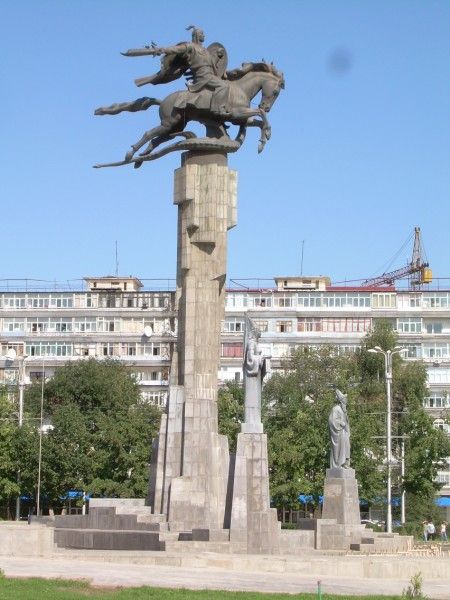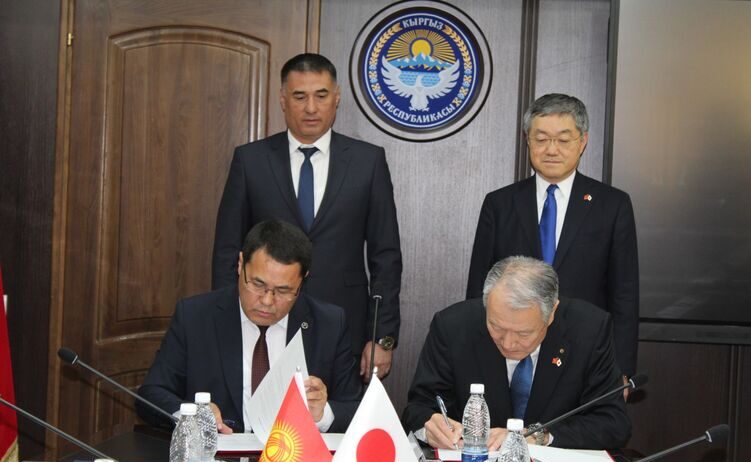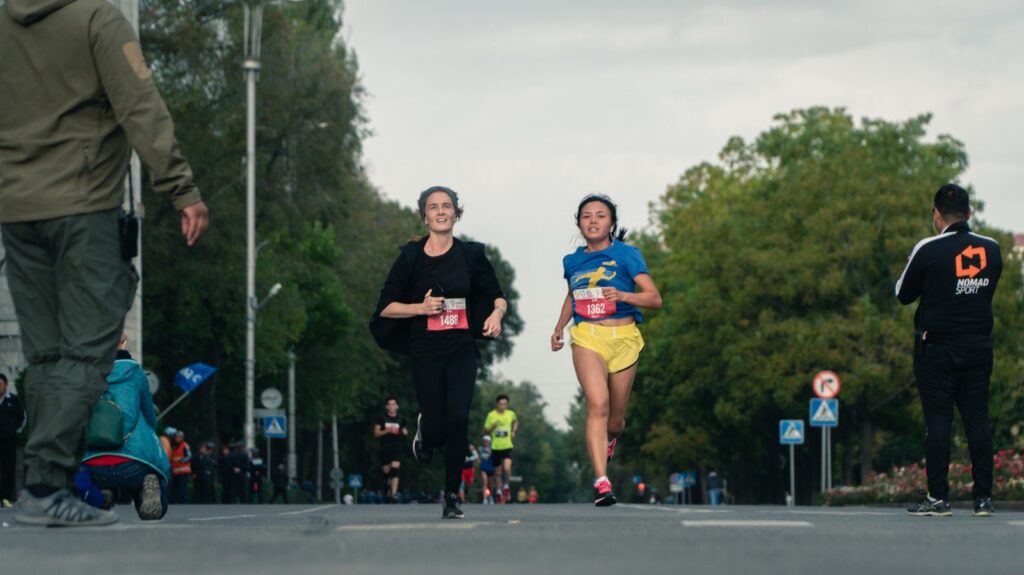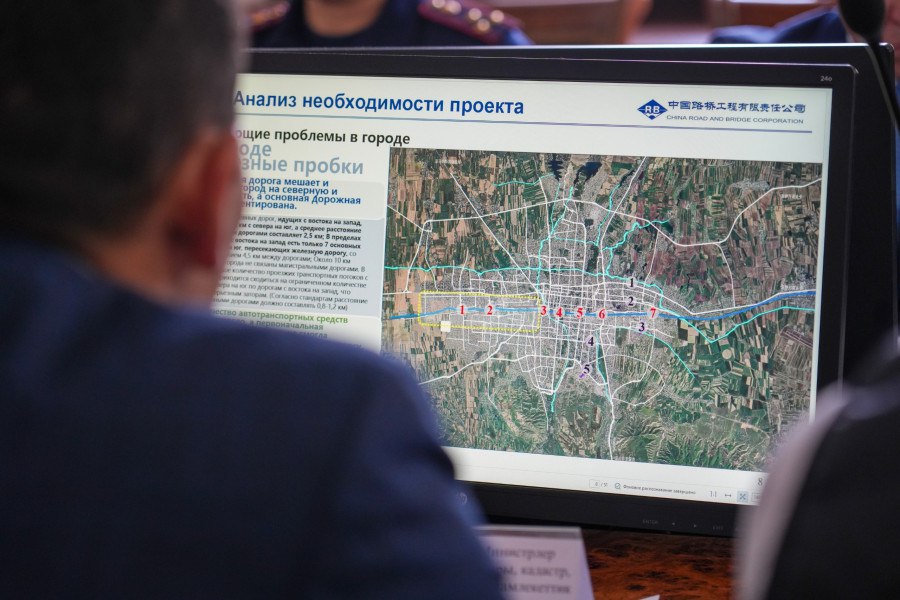BISHKEK (TCA) — The capital of Kyrgyzstan, Bishkek, is playing an important role in the country’s economy, accounting for 38.6% of the national GDP and 15.5% of industrial production. Foreign direct investment in Bishkek was 58.7% of the country’s total FDI in 2016, Vice Prime Minister of Kyrgyzstan Oleg Pankratov said on January 25 at the Bishkek municipality’s meeting to review the city’s socio-economic results for 2016.
Pankratov spoke about positive economic indicators. The city’s industrial sector produced goods worth 31 billion soms, 9.5% more than in 2015. Services grew 4.9% and construction increased by 45.6%.
However, many of the vital problems of the city remained unresolved.
Taxes
The plan for the state budget income was not fulfilled last year due to the changes in the Tax Code, which abolished the sales tax, Pankratov said.
“An important task is to ensure the collection of taxes to the national and local budgets. It is necessary to intensify the struggle against hidden income and facts of understating taxes. It is necessary to increase tax collection,” the Vice Premier added.
The booming shadow economy does not bring any benefit to the state while penalizing bona fide entrepreneurs.
Kyrgyzstan’s tax authorities have a tax collection plan they must fulfill. They ignore those working in the shadow economy and only officially running businesses experience the tax burden. The state should protect bona fide business which provides the population with jobs, pay taxes to the state budget, and improve the country’s image.
Roads
Pankratov stressed the need to solve the problem of traffic jams, spontaneous parking and the lack of road signs in Bishkek. The municipality plans to solve the problems by developing public transport through public-private partnership.
In 2016, 52.4 km of roads were repaired in Bishkek. The Bishkek Construction Department signed an agreement with China on implementation of the first phase of the project for rehabilitation and reconstruction of Bishkek roads at the expense of grant funds provided by the Chinese government.
The agreement provides for the reconstruction of 49 city roads and bridges with a total length of 95 kilometers.
Bishkek roads are overloaded with motor vehicles, which results in traffic jams and accidents. Bishkek’s master plan was designed for 40-45 thousand vehicles. According to Bishkek traffic police, there are more than 300 thousand cars in the city excluding those that enter the capital every day from other regions. More than one million cars are registered in the country with a population of six million.
It is necessary to expand Bishkek’s roads and build bypass and overhead roads.
Transport
Traveling by car is becoming problematic in Bishkek every year. In addition, many drivers lack basic driving culture and the knowledge of traffic rules.
Municipal transport (buses and trolleybuses) serves only 20% of Bishkek’s population, while the remaining 80% are served by privately-owned minibuses and taxis.
The Kyrgyz parliament has recently ratified a loan agreement between Kyrgyzstan and the European Bank for Reconstruction and Development (EBRD) to extend the project for the development of public transport in Bishkek. In the framework of the project launched in 2012, 79 new trolleybuses were purchased.
The existing Bishkek trolleybus network is not fully used due to the insufficient number of trolleybuses. It was therefore decided to extend the project. The EBRD has allocated a loan to purchase another 50 new trolleybuses.
Through the purchase of new buses and trolleybuses, the Bishkek municipality plans to gradually reduce the number of minibuses (marshrutka) which cause the most problems on the city roads. Today there are 2.8 thousand minibuses on the Bishkek streets. The municipality intends to replace about a thousand minibuses with large buses and trolleybuses by the end of 2017, Mayor of Bishkek Albek Ibraimov said. The tender for the purchase of 50 trolleybuses will be announced in the second quarter of this year.
About 60 taxi companies are now operating in Bishkek. To be competitive, each company is trying to improve its services, and the taxi market is developing.
Project for the future
The best way to solve the transport problem could be construction of a ground light rail network. A few years ago, the Mayor’s office suggested building 14.8 km two light rail lines with overhead lines in the center and ground lines in the suburbs.
According to preliminary data, if constructed, a light rail system could transport 60-70% of all passengers in Bishkek. However, the expensive project was postponed indefinitely due to lack of money in the state budget.









